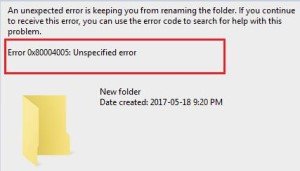How to Delete Any Files in Linux [2026]
With 4DDiG Windows Data Recovery, users can easily circumvent this limitation by detaching their EXT2/EXT3/EXT4 hard disk and attaching it to a Windows machine.
How to delete any file in Linux? Understanding the Linux command line is vital for Linux enthusiasts and system administrators. It enables users to efficiently perform basic maintenance activities, such as creating new files and browsing directories, and reorganizing existing data. The 'rm' command is a vital tool for file deletion in Linux, with the ability to remove files quickly and decisively.
This article will guide you through the world of file removal in Linux, shedding light on the complexities of the 'rm' command. How to delete a file in Linux? In addition to file deletion via the file manager, we reveal several premier third-party software solutions that take the file deletion process to new levels of efficiency and precision. You will thoroughly understand numerous file removal methods at the end of this tutorial, allowing you to traverse the Linux environment with confidence and finesse.
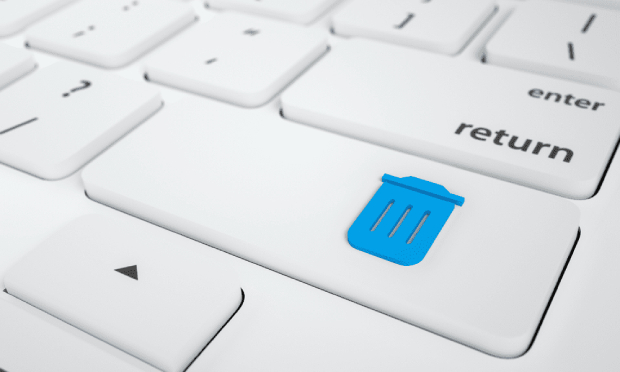
Part 1: What Should You Do before Deleting Files in Linux
How to delete the file in Linux? Before removing files in Linux, you need to take a few precautions to ensure you don't mistakenly delete essential data or disrupt the system. Before deleting files, you should do the following:
- Examine the list of files you plan to delete carefully. Ensure you are not eliminating anything critical to the system's operation or sensitive personal data.
- Always make a backup of crucial files before deleting them. It guarantees that you have a backup in case something goes wrong.
- Use extreme caution since if a file is removed with the rm command, it cannot be restored and is permanently lost.
- Understand why you're removing the files you're deleting. System files and user-generated content must be handled separately. System file deletion might cause system instability or malfunction.
- If you're unsure how deleting specific files will affect you, transfer them to a temporary folder first. Before permanently eliminating them, observe the system's behavior for a while.
- If at all possible, use the system's trash or recycle bin feature. It serves as a backup in case you mistakenly delete something.
- You can ask for help in a chat room or online forum if you're still unclear whether it's safe to delete something.
Part 2: [Bonus Tip] Recover Your Deleted Linux File with Ease
How to delete files in Linux? In addition to the many file deletion methods involving the 'rm' command in Linux, users can also use 4DDiG Data Recovery, a specialized program designed for Linux file systems. This software enables the recovery of deleted files on Ext4 partitions for many users, including individuals, enterprises, and organizations. Notably, while the 4DDiG Windows Data Recovery is not compatible with Linux systems, users can circumvent this limitation by detaching their EXT2/EXT3/EXT4 hard disc and attaching it to a Windows machine.
Alternatively, creating a bootable disc on a Windows PC allows recovering data without requiring an operating system. Additionally, it will proficiently recover a wide range of document types, including Word, excel, rar, zip, and mp3. When recovering data from storage media like a memory card, USB drive, or external hard disc, 4DDiG Windows Data Recovery is an excellent option.
- Recover data from various devices: laptop/PC, internal/external drives, USB flash disks, SD cards, NAS storages, etc.
- Recover over 2000 file types: photos, videos, documents, audios, and etc.
- Recover files lost from deletion, formatting, partition issues, corruption, system crashes, viruses, and more.
Secure Download
Secure Download
-
Start by downloading and installing Tenorshare 4DDiG Windows Data Recovery. Launch the app, connect your external hard drive to your PC, and choose the drive to begin scanning.

-
4DDiG quickly scans your external hard drive for missing data. You can pause or stop the search anytime and recover identified files. It offers categories like Deleted Files, Existing Files, Lost Location, RAW Files, and Tag Files in Tree View. Use File View to inspect Photo, Video, Document, Audio, Email, etc. Additionally, employ search or Filter for targeted results on the right panel.

-
After finding the desired files, preview and recover them to a secure location. Avoid saving them to the same partition if there's a risk of disk overwriting and permanent data loss.

Part 3: How To Delete a File in Linux via File Manager
When using the terminal to delete files or folders, folks new to the Linux environment may be hesitant. Once launched with the 'rm' command, the action's permanency can be daunting. Rather than risking this uncertainty, another option is to use your Linux distribution's built-in file manager, commonly called the File Manager.
Although the style of Linux file managers might vary, their basic functionality is usually identical. While this advice focuses on using Ubuntu's file manager, the procedures mentioned are likely relevant to other file managers.
- To begin, open the File Manager on your Linux system. In Ubuntu, this software is known as Files.
- In your distro's file manager, navigate to the directory containing the files or subfolders you want to delete. Select which files or folders to delete first.
- After selecting them, right-click on them and pick Move to Trash, Move to Bin, or Delete, depending on your distribution and locale. To achieve the same result, use your keyboard's Delete key.
- The trash system in most distributions allows you to "store" files before they are removed, allowing you to restore them later. It is typically found on the desktop, as a folder in your file manager, or as a program in your software menu.
- To complete the deletion, go to the trash folder and choose Empty or Erase. These possibilities may alter depending on your distribution.
-
Select them to eliminate your files completely, then right-click and select Delete from Trash.

Part 4: How to Delete Any Files in Linux via rm Command
You can use your distribution's file management tool to remove files or directories, although there are some limitations. For example, if you are not the file's owner, you must use the terminal to launch your file manager with root access and remove it. Similar software cannot be used on a headless (terminal-only) Linux environment.
The rm command is helpful in this situation. But be warned: the rm command has much power, mainly when used with sudo or directly as the root user, so use it cautiously.
It shouldn't be a surprise that you can remove files in Linux using the command line, given the variety of tools accessible in the terminal. To achieve this, take the following steps:
After opening them, please navigate through the files you want to delete in the file manager. You can also use the command: to navigate directly to the files in the terminal.
cd/path/to/the/file-
The context menu is accessed by right-clicking the window and selecting Open in Terminal. Use the rm command (short for "remove") to remove a single file or a collection of files.

4.1 : How to Delete Multiple Files in Linux
The rm command, which allows you to delete one or more files simultaneously, is the most commonly used command for removing multiple files from your computer.
$ rm {file-name-1} {file-name-2} {file-name-3} ... {file-name-N}rm also supports regular expressions. To delete all files with the name file-name*, type:
$ rm file-name*.ext-
Regular expressions can also be used to define different folders. It can be used to remove three files called file-name-1, file-name-2, and file-name-3.
$ rm file-name-[123]
4.2 : How to Delete a Certain File in Linux
How to delete any file in linux? Here is how you can delete a certain file in Linux:
If a folder contains various file types and you want to remove all files of a particular type, like .pdf or .odt, simply write "rm" followed by an asterisk and the file type.
rm *.odt-
In this scenario, you will remove all files with a.odt extension. Enter an asterisk (*) followed by the file ending to remove all files of this kind.

4.3 : How to Delete All Files in Linux
To delete all files and subfolders in a specific folder, type the following command into the terminal:
rm -r Files/*-
All files in the "Files" folder will be destroyed in this event. The folder will not be removed. It may, of course, erase a Linux directory with all of its files.

Part 5: People Also Ask
Q 1: Which Command Is Used to Remove Files in Linux?
The most popular command for deleting files from your computer is the rm function, which lets you delete one or more files simultaneously.
rm {file-name}
Q 2: How Do You Remove a Directory if It Exists in Linux?
Use the rmdir or rm command in Linux to delete a directory permanently:
- Empty folders can be removed using the rmdir or rm -d commands.
- To get rid of non-empty directories, use the rm -r command.
- You must be aware of a directory's name before removing it. Use the ls command to find files and directories and the pwd command to determine which directory you are now in.
Conclusion
How to delete a file in Linux? Linux command-line deletion of directories and files requires expertise with the rm command in the terminal. Remember that there is no recycle bin or garbage folder on Linux. Files and directories are permanently erased when removed using the rm command line. As a result, before removing data and folders, proceed with caution or make a backup using 4DDiG Windows Data Recovery.
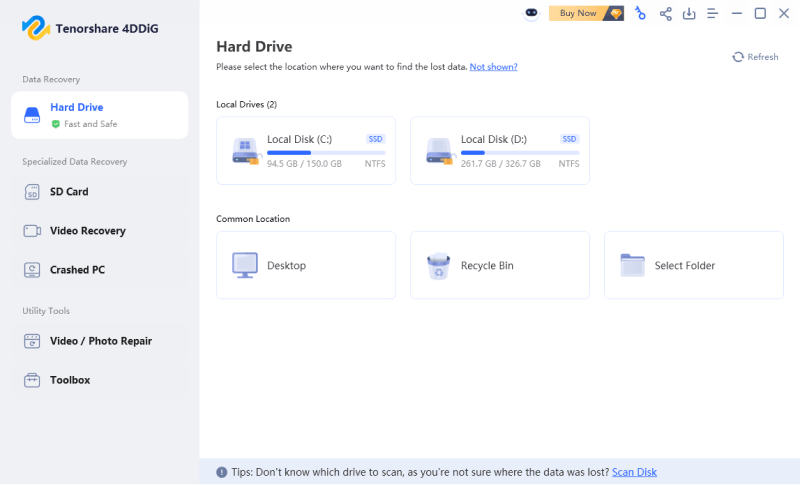
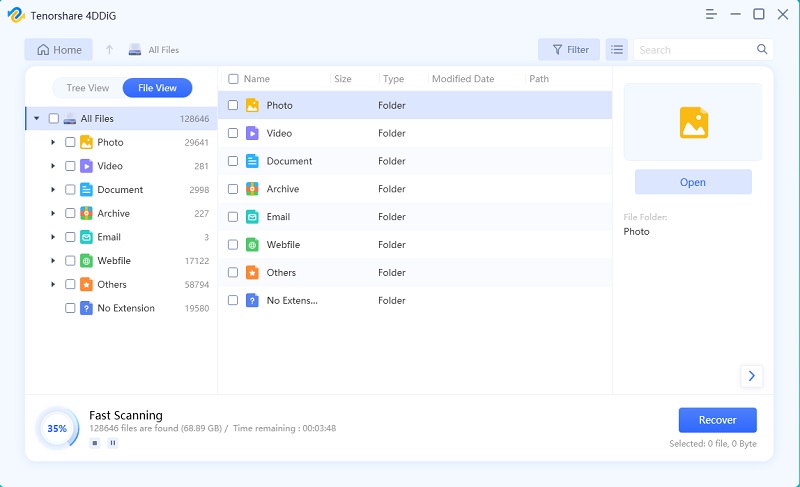
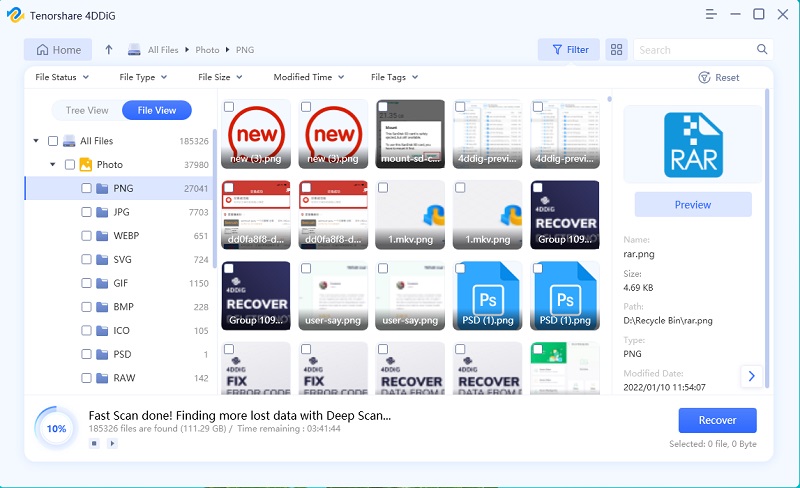





 ChatGPT
ChatGPT
 Perplexity
Perplexity
 Google AI Mode
Google AI Mode
 Grok
Grok


